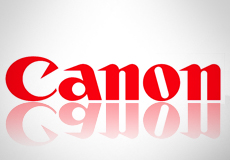- Paramount Pictures and Microsoft launched an app this week that enables Xbox Live Gold members to stream movies through their gaming console.
- The app acts as a “go between” according to CNET, as it requires users to purchase or rent movies through Paramount’s website before it can be streamed to the Xbox 360. Users must also have Paramount and UltraViolet accounts in order to stream the content.
- Earlier this year, Paramount began offering digital movies from its website via UltraViolet. The new joint app will provide a simple means of getting those movies onto TV sets.
- “Last month, Amazon Prime service made a deal with Paramount for access to its movies. And just a week later, Amazon Instant Video partnered with Xbox introducing another app that lets subscribers play movies from Amazon’s Instant Video service,” notes the post. “This comes as Xbox 360 already has apps for HBO Go, Comcast, Netflix, Hulu Plus, YouTube, and ESPN.”









